Medically Reviewed by Dr. Lisa Hartford, MD
There are trends in beauty, and then there are ideas that feel like a hinge: a small, invisible mechanism on which a big door might swing. Exosomes belong to the latter category. In dermatology labs and aesthetic clinics, these microscopic messengers have emerged as a tantalizing bridge between regenerative biology and visible skin improvement. They’re not a miracle, and the science isn’t settled—but the signals are getting stronger. For consumers navigating a crowded anti-aging landscape, the most pragmatic question is no longer “What are exosomes?” but “How can I use this technology thoughtfully, safely, and effectively—and can at-home devices make a meaningful difference?”
This is the deep dive you were looking for: what exosomes are (and are not), what the current evidence suggests, how to avoid the hype traps, where regulators stand, and how an intelligent at-home regimen with Evenskyn devices can amplify outcomes while keeping expectations grounded. Because the future of anti-aging won’t be won by a single molecule or machine; it will be a choreography—timing, dosage, delivery, and smart repetition—designed around your skin’s biology.
What Exosomes Actually Are
Exosomes are nano-sized extracellular vesicles that cells release to communicate with other cells. They carry cargo—proteins, lipids, microRNAs—that can nudge nearby cells toward specific behaviors like calming inflammation, remodeling the extracellular matrix, or accelerating repair. Dermatology researchers have explored exosomes for wound healing, scar remodeling, hair regeneration, and photoaging, framing them as one tool in the larger kit of regenerative dermatology rather than a standalone cure-all.
In plain terms, think of exosomes as biological push notifications. They don’t rebuild collagen by magic; they deliver the message that prompts skin’s own systems to try.
Where the Evidence Is Heading
If you’ve seen the headlines, you know “regenerative” is the word of the moment. That buzz is matched by growing—though still early—clinical and preclinical literature. Reviews in 2024–2025 summarize exosomes’ potential to influence inflammation, angiogenesis, and extracellular matrix dynamics relevant to visible aging, while also stressing uneven product quality and the need for rigorous, controlled human trials.
On the consumer-facing side, media coverage has amplified the trend while acknowledging the controversies. Some pieces celebrate exosomes as the next leap in skincare; others point out the messy state of the market, inconsistent formulations, and a shortage of large, controlled studies, underscoring why smart brands and consumers should demand transparency and evidence.
Zoom in further and you’ll notice a parallel track: active ingredients studied for photoaging that, while not exosomes, live in the same “regenerative-leaning” neighborhood. For instance, polyphenols like pterostilbene and resveratrol have shown promise in improving markers of photoaging, with recent reviews and small clinical trials suggesting structural and functional skin benefits. These aren’t exosomes, but they offer a useful benchmark for how “bio-active” topicals can move the needle—especially when paired with energy-based treatments.
Bottom line: the signal is positive, but the smartest way to use exosomes today is within a system—pairing a vetted formula with the right delivery context, cadence, and support.
The Regulatory Reality Check
A crucial point before we go further. In the United States, the Food and Drug Administration has not approved any exosome products for cosmetic or therapeutic use, and the agency has issued warning letters to companies marketing exosome products outside appropriate regulatory pathways. Responsible brands must be precise about what they claim and how they source and test. For consumers, this backdrop argues for sober expectations, careful product selection, and preference for companies that publish method details and safety data.
Internationally, scrutiny is also increasing. Investigations have highlighted clinics offering human-cell–derived exosome treatments in jurisdictions where such use is restricted or banned for cosmetics, adding another reason to favor transparent sourcing and to keep exosome use in the topical, over-the-counter lane until regulations and evidence mature.
Practical translation: exosomes are promising, but you should treat them like a powerful idea still being domesticated. Look for clarity about origin (e.g., plant-derived, probiotic-derived, conditioned media vs purified vesicles), testing, and stability; avoid medical claims; and don’t let hype outrun good sense.
Why At-Home Devices Matter So Much Here
If exosomes are messages, delivery matters. One of the perennial challenges in topical skincare is getting actives where they need to go without irritating or destabilizing the barrier. This is where energy-based at-home devices—from LED photobiomodulation to microcurrent and ultrasound—can be thoughtfully combined with exosome serums to improve synergy.
LED photobiomodulation, for instance, has accumulated a considerable body of dermatologic evidence across the last decade, pointing to mitochondrial chromophores as targets that trigger a cascade of pro-repair signaling. Reviews describe improvements in wrinkles, elasticity, and overall dermal vitality when LED is applied appropriately and consistently, especially in red and near-infrared ranges.
Microcurrent is less exhaustively studied than light, but the proposed mechanism—low-level electrical currents influencing ATP production and cellular signaling—makes it a logical pairing with biologically active topicals. Early and small studies, plus practitioner experience, suggest benefits in tone and texture; the key is gentle, regular use within safe parameters, not heroic intensities.
Ultrasound and other modalities play a different role: transiently influencing barrier properties and fluid dynamics to help actives move into the microenvironments where they can do their best work. The throughline is simple: devices don’t replace a formula’s biology; they create a friendlier environment for it.
The Evenskyn Approach: Choreographing Biology and Energy
Evenskyn’s at-home portfolio was built around a single premise: repeatable, user-friendly doses of professional-style energy, tuned to be gentle enough for home use yet meaningful enough to change the skin’s conversation with itself. If you’re new to the brand, a quick orientation helps explain why exosome pairing is so compelling.
Start with light. The Evenskyn Mirage LED mask (and broader light-therapy modes across the line) focuses on wavelengths that the literature associates with mitochondrial stimulation and downstream effects on collagen and inflammation. This is where the “priming” step happens—inviting fibroblasts and keratinocytes into a more responsive state with safe, time-bounded illumination. Think of it as a breath in before a phrase is sung.
Layer in microcurrent via the Evenskyn Lumo+ for an additional nudge to cellular energetics and tissue tone. Sub-sensory currents are not about brute force; they’re about signaling and flow. Users often describe microcurrent sessions as a kind of physical meditation for the face, and while the marketing language can get airy, the core idea—that tissues respond to subtle electrical cues—is well-established biology.
For maintenance and ingredient-first routines, the Evenskyn Eclipse ultrasound device offers an elegant adjunct: encouraging better distribution of topical serums and creating a short, reversible window in which larger or more delicate actives can settle into place without provoking barrier drama. If you’re evaluating an exosome serum today, this is the moment where its sophisticated payload has the best chance to land.
The workflow is as important as the hardware. With exosomes, the sweet spot is a phased ritual: a gentle “wake-up” of the skin’s circuitry with LED, a careful application of the exosome serum while skin is receptive, and an optional finishing pass with microcurrent or ultrasound to encourage uptake without heat or abrasion. You’re not trying to push exosomes through a wall; you’re inviting skin to open the door.
Building a Thoughtful Exosome Routine at Home
A successful routine does three things at once: protects the barrier, respects the biology, and repeats a well-tolerated pattern long enough for slow processes like collagen remodeling to register. With exosomes, the cadence most people tolerate well is one to two focused sessions per week layered onto a daily foundation of cleansing, sunscreen, and minimalist support (hydration, barrier lipids). If you’re pairing with Evenskyn, the arc looks like this:
Begin with immaculate skin. Oils and heavy occlusives can disrupt current distribution and light penetration. A pH-balanced cleanse and a few minutes of air-dry time are ideal.
Prime with light. Ten to twenty minutes of red/near-infrared LED, depending on your device mode and sensitivity, is enough for a session. This step is less about instant gratification and more about compounding signals over weeks, which is exactly how photobiomodulation studies measure benefit.
Apply your exosome serum with restraint. This is not a “more is more” active; it’s a message. A thin, even layer on target zones is better than flooding.
Follow with microcurrent or ultrasound if you’re an experienced user. Keep settings conservative. You’re aiming for hospitality, not force. Consistency will beat intensity every time with biology-centric actives.
Seal the moment with barrier support. A peptide-forward or ceramide-rich moisturizer keeps the peace overnight. In the daytime, sunscreen is non-negotiable; nothing unravels regenerative gains faster than UV.
Across twelve weeks, the most common qualitative feedback you should monitor isn’t just “wrinkles smaller,” but also “texture calmer,” “bounce improved,” and “recovery time shorter after stressors.” Those are the signatures of tissues getting better at repairing themselves—exactly the dimension where exosomes, LED, and microcurrent are hypothesized to converge.
Choosing an Exosome Product Wisely
Because the market is uneven, selection is half the journey. Look for brands that specify origin and method—plant-derived vesicles, probiotic-conditioned media, or cell-culture exosomes—with third-party testing for purity and stability. Beware of products leaning on vague “stem cell” language without documentation. And remember the regulatory context: in the U.S., exosomes are not FDA-approved as drugs or cosmetics, so any product stepping over the line with medical claims is waving a red flag.
If you’re tempted by in-clinic treatments, scrutinize sourcing and compliance, especially in markets where human-cell–derived exosomes are restricted for beauty use. The most future-proof path for many consumers right now is topical use from transparent suppliers combined with an at-home device strategy that leans conservative and consistent.
What Results Feel Like—and How to Set Expectations
The most credible improvements in anti-aging come from systems thinking: a modest biological nudge repeated often, paired with lifestyle and protection that remove friction from healing. Photobiomodulation’s literature reflects exactly that—benefit curves that bend with adherence, not one-time hero sessions. Microcurrent, too, rewards users who treat it as gentle calisthenics for the face rather than a boot camp. It’s helpful to think in seasons, not weekends. Twelve weeks is a good checkpoint; twenty-four weeks is where many people discover their “new normal” for texture and tone.
What about exosomes themselves? In early human data sets and aesthetic practice, the most frequently reported themes are faster recovery from procedures, better tolerance to actives, and subtle but visible improvements in firmness and fine lines over a few months. The most responsible stance is to treat exosomes as a multiplier of existing, evidence-backed habits—sun discipline, nightly repair, routine LED—not a replacement for them.
The Evenskyn Advantage: Designed for the Long Game
Evenskyn devices are engineered for the habits that actually stick. The Mirage LED mask creates a “set and relax” window that fits into a nighttime routine. Lumo+ microcurrent keeps its cues subtle, so you aren’t tempted to chase intensity at the expense of tolerance. Eclipse ultrasound brings a lab-like sensibility to how your serums move. None of these tools demand a personality transplant; they slot into the life you already live and make it more regenerative.
As exosome formulas mature and regulations clarify, Evenskyn’s approach remains the same: stay grounded in mechanisms with clinical backing, create rituals that real people repeat, and use biology-friendly energy to make sophisticated topicals matter more. That’s the quiet revolution we think is worth betting on.
References
Scientific overview of exosomes and their roles in wound healing, dermatology, and regenerative medicine: MDPI Review, 2024
FDA Consumer Alert: “Important Information About Exosome Products,” FDA, 2020
FDA Warning Letters on exosome products, 2020–2024, accessible at FDA Warning Letters Database
Exosome controversies and media coverage: Vogue, “Exosome Skincare Is the Regenerative Medicine Trend Everyone’s Talking About”, 2024
Exosomes in regenerative dermatology and standardization issues: Aging-US and Cosmetics and Toiletries, 2024–2025
Clinical insights into pterostilbene and resveratrol for photoaging: National Library of Medicine / PMC studies, 2023–2024
Reviews on photobiomodulation and anti-aging outcomes: Photobiomodulation in Dermatology review articles, 2019–2024
American Academy of Dermatology (AAD) guidance on red light therapy and sunscreen, AAD.org
Microcurrent mechanisms and early studies: PubMed indexed trials and practitioner reports, 2018–2024
Ultrasound-assisted transdermal delivery in skincare: MDPI and PMC publications on sonophoresis and barrier modulation, 2020–2024

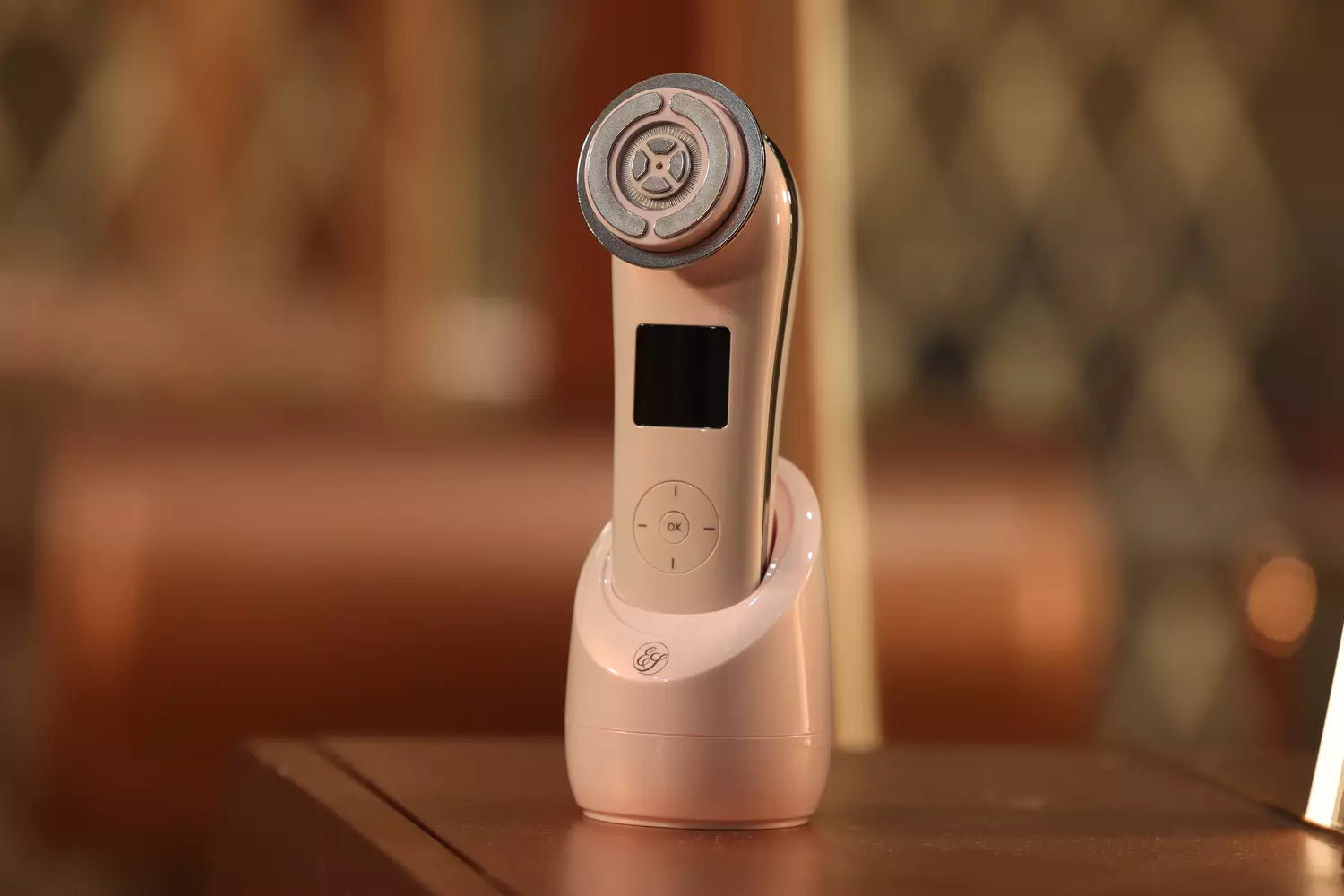
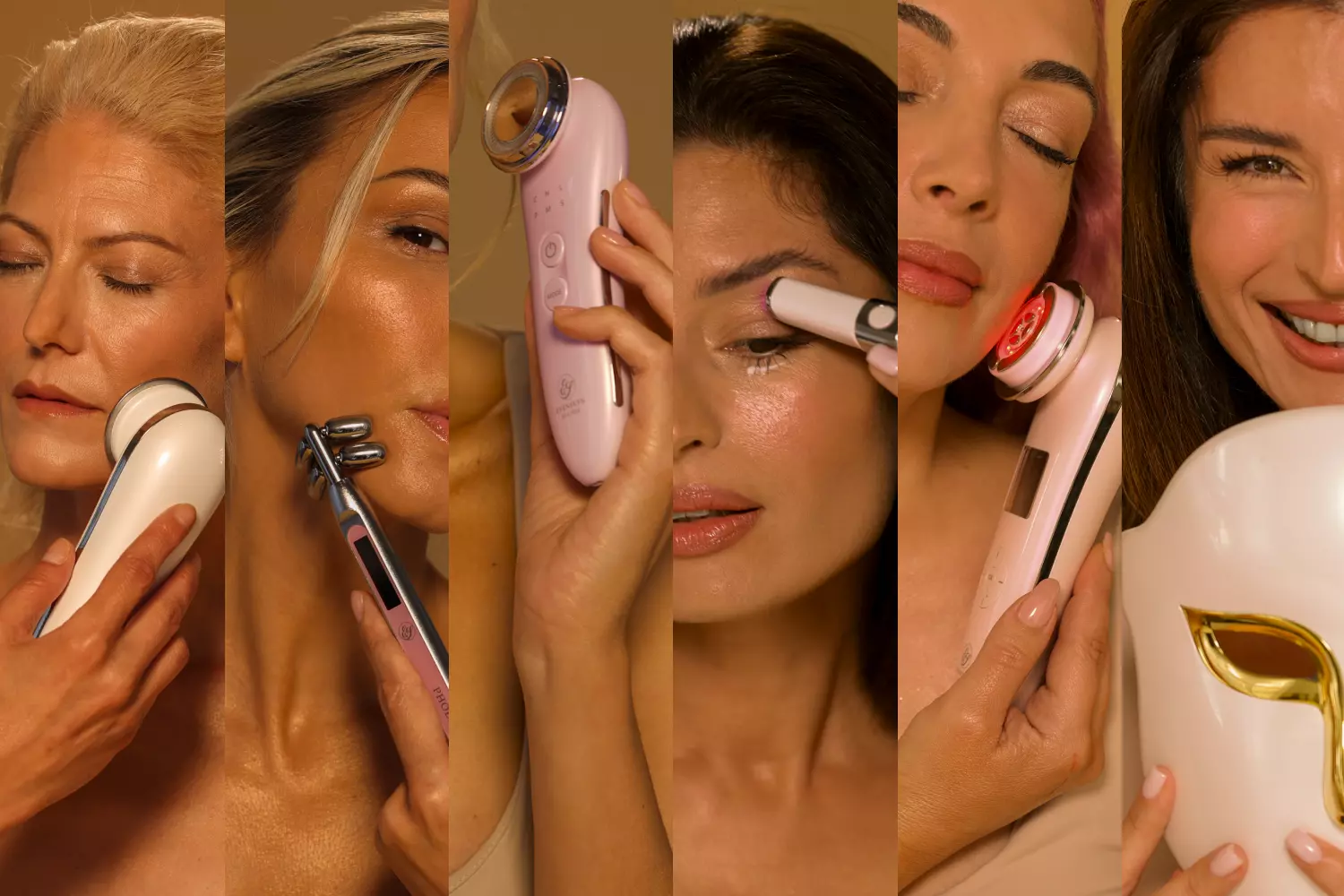
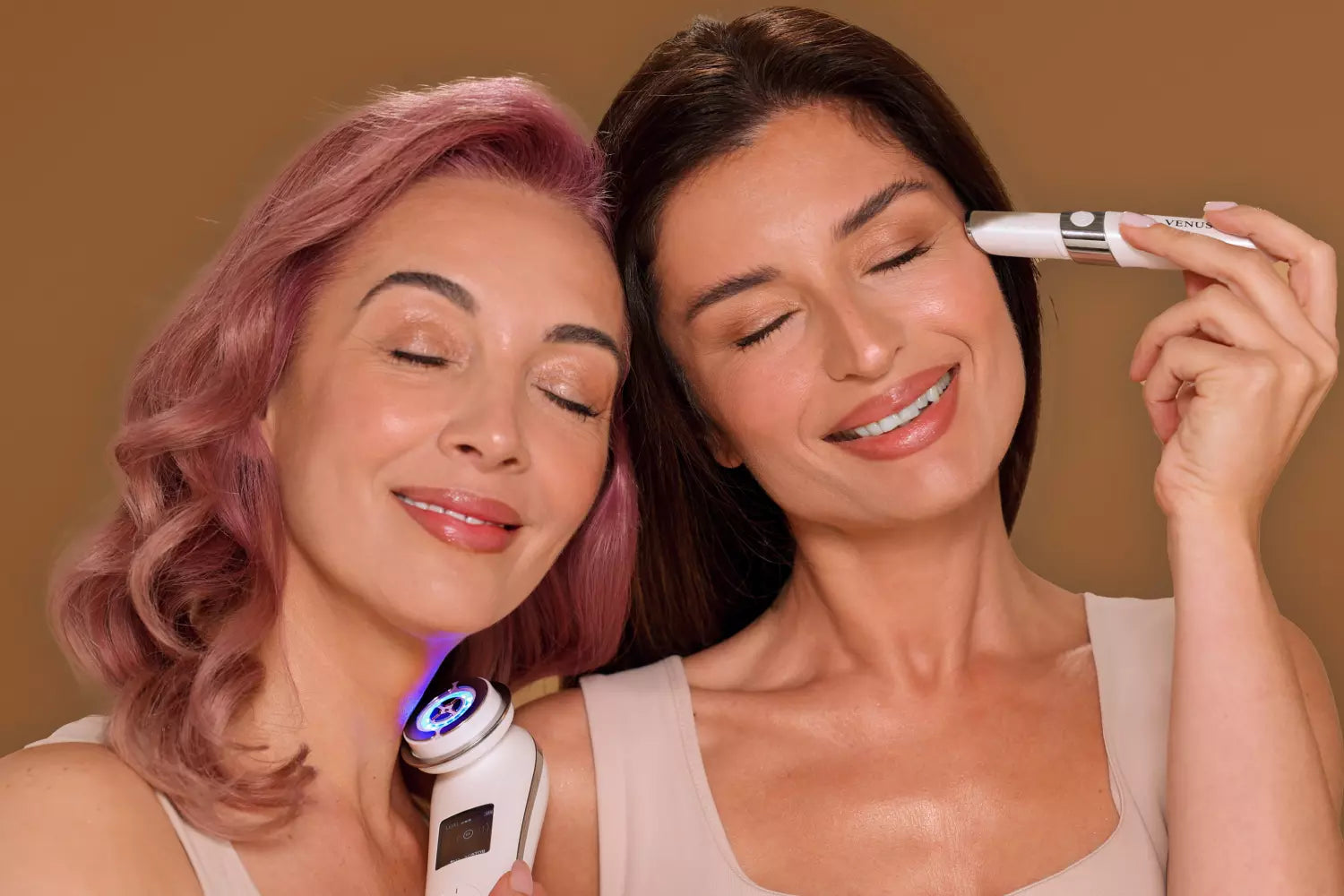
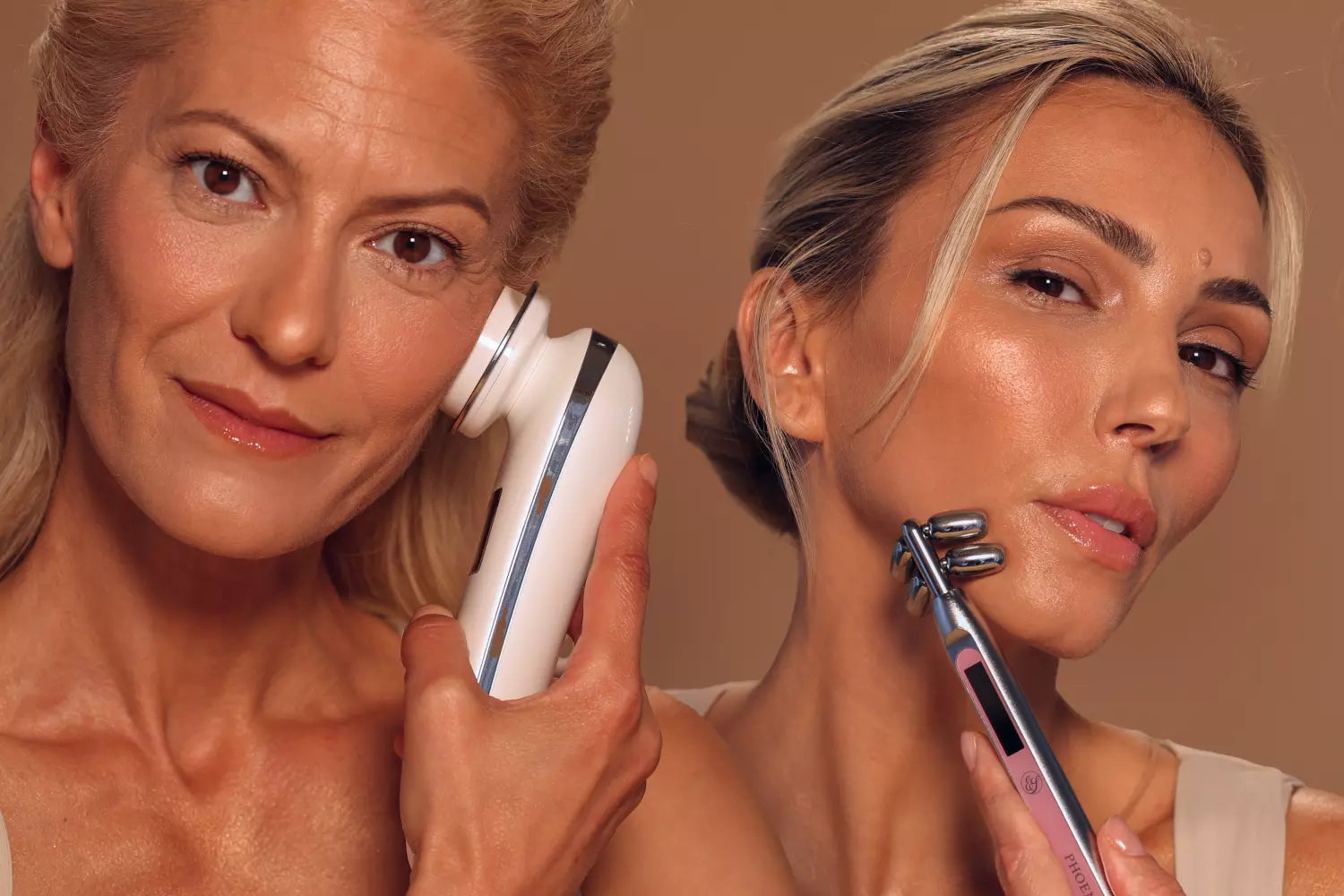
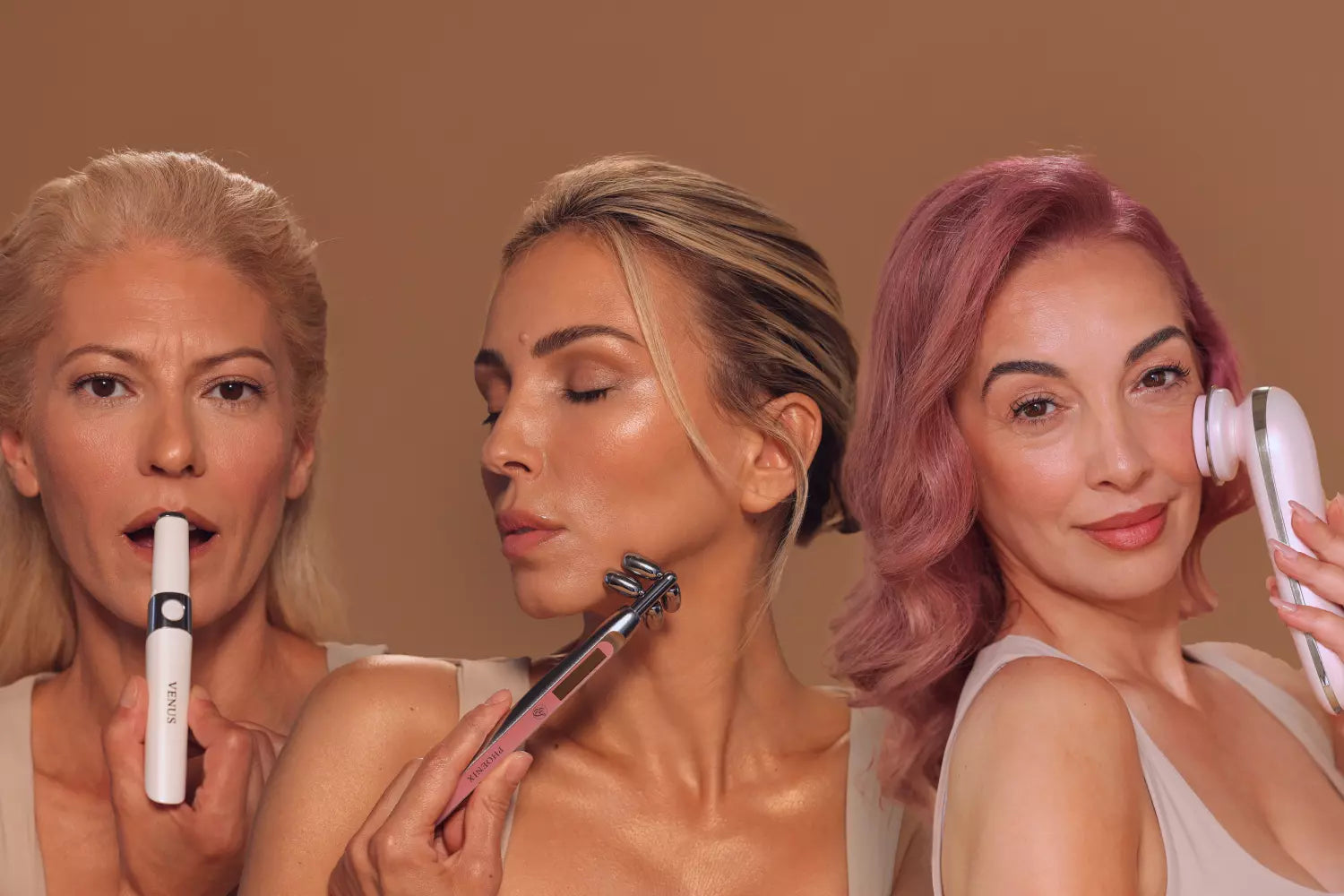

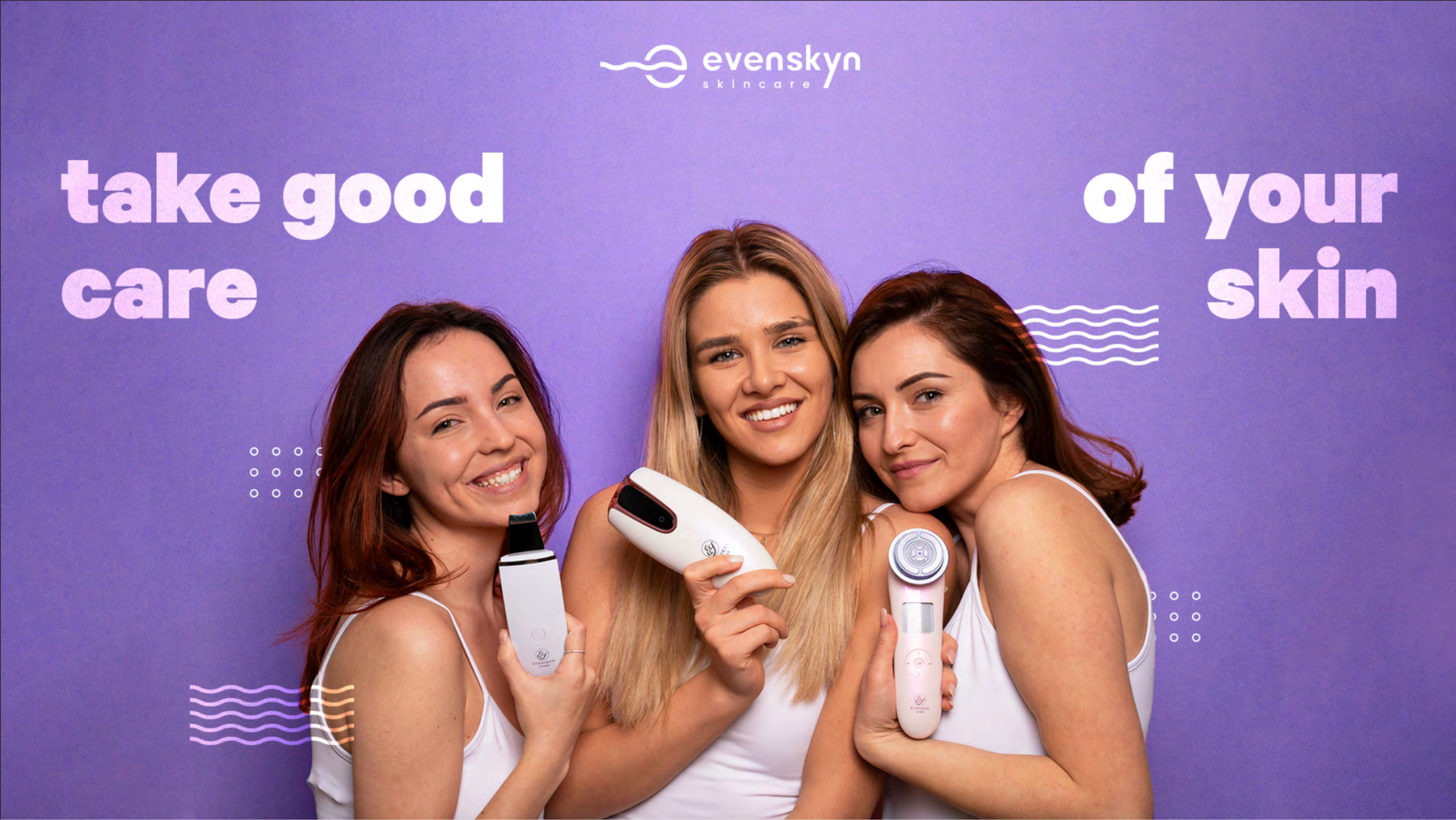

Leave a comment
All comments are moderated before being published.
This site is protected by hCaptcha and the hCaptcha Privacy Policy and Terms of Service apply.